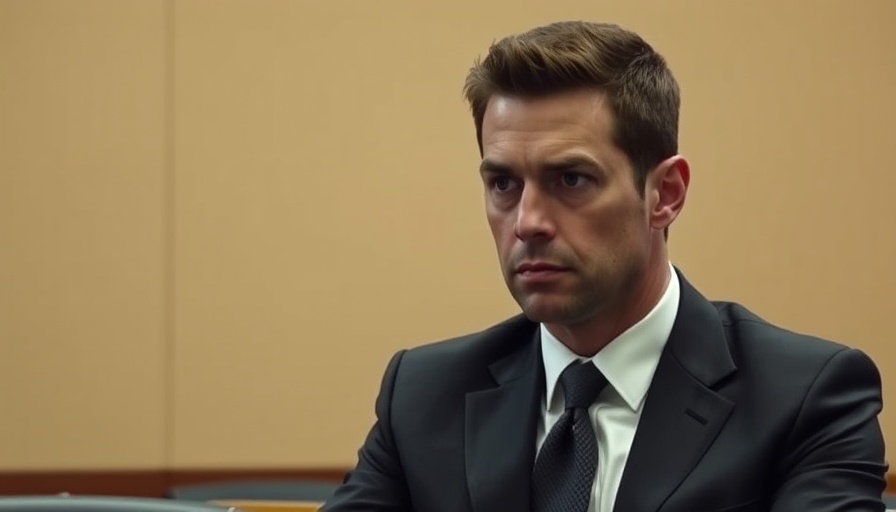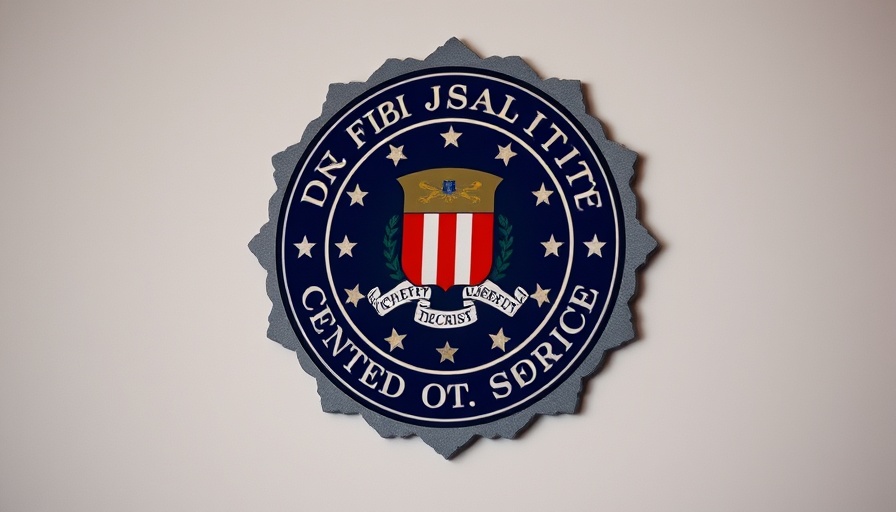
The Tragic Confrontation: A Closer Look at Officer-Involved Shootings
On February 27, 2025, an unsettling encounter unfolded at the National Guard Air Station in Salem, Oregon. The events leading to a state trooper's lethal response to a young man wielding a knife have raised significant questions regarding law enforcement protocols, particularly in situations involving armed suspects. Footage from Officer Justin W. Oxenrider’s body camera captures the harrowing moments leading up to the shooting, underscoring the rapidly evolving dynamics between police and civilians during high-stress confrontations.
Understanding Officer Safety in High-Stakes Situations
For law enforcement personnel, the stakes couldn’t be higher. Officer safety and public protection are often tightly interwoven. Trooper Oxenrider faced not only the immediate danger posed by Matthew Walter Wong, who had issued dire threats and exhibited hostile behavior, but also the weight of departmental standards dictating appropriate responses during confrontations. The trooper's decision to fire was rooted in a split-second assessment of the looming threat Wagner presented to officers and the surrounding public, exemplifying the difficult choices officers face each day.
Evaluating Body Camera Footage: Insights and Implications
The release of body camera footage is a vital component in enhancing transparency and accountability in law enforcement dealings. While the Marion County grand jury deemed Oxenrider's response lawful, it’s important to recognize that the footage represents only one aspect of the larger situation. The vast array of evidence and circumstances surrounding police shootouts must be regarded with caution, and the potential for unjustified force looms heavily in discussions about police accountability.
Community Reactions: Impacts on Police-Community Relations
Incidents like the one at the air station ripple through communities, often causing strains on police-community relationships. Trust can swiftly erode when citizens feel threatened by the very force meant to protect them. Policymakers must scrutinize such incidents to prevent responses that may not align with community expectations for de-escalation and engagement. Communities deserve to know their officers are equipped with not only technological tools but also robust training in conflict resolution.
Innovations in Law Enforcement: The Role of Technology
Technology is revolutionizing the way law enforcement operates, with body cameras playing a key role in evidence gathering and community trust-building. For cases involving police actions, such footage can serve dual purposes: documenting officer conduct while providing vital evidence in proceedings that follow. It’s crucial to ensure that law enforcement partners prioritize ongoing training not only in using such technologies but also in applying them within the framework of community relations.
Moving Forward: The Path to Meaningful Police Reform
As calls for police reform echo across the nation, the circumstances surrounding Wong’s death highlight the necessity for systemic changes that address issues of officer training, mental health care for both officers and civilians, and community engagement practices. Stakeholders including government policymakers, law enforcement leadership, and community members must collaborate on drafting policies that pave the way for sustainable solutions guiding police practices in the future.
This tragic encounter becomes a stark reminder of the unpredictability faced by law enforcement personnel and the importance of support systems designed for better outcomes. It should also provoke conversations about safety, accountability, and the shared responsibility between police and communities to foster environments where such incidents can be greatly reduced.
Concluding Thoughts and Moving Forward
In the wake of this heartbreaking incident, it's imperative for stakeholders across the board to rethink how we approach police training, accountability, and community interactions. Together, by advocating for strategic adjustments in policies and practices, these key stakeholders can work towards fostering an environment of trust, safety, and healing within our communities. Engage in the conversation today about police reform and contribute to building a future where the relationship between law enforcement and the communities they serve is stronger than ever.
 Add Row
Add Row  Add
Add 

 Add Element
Add Element 




Write A Comment